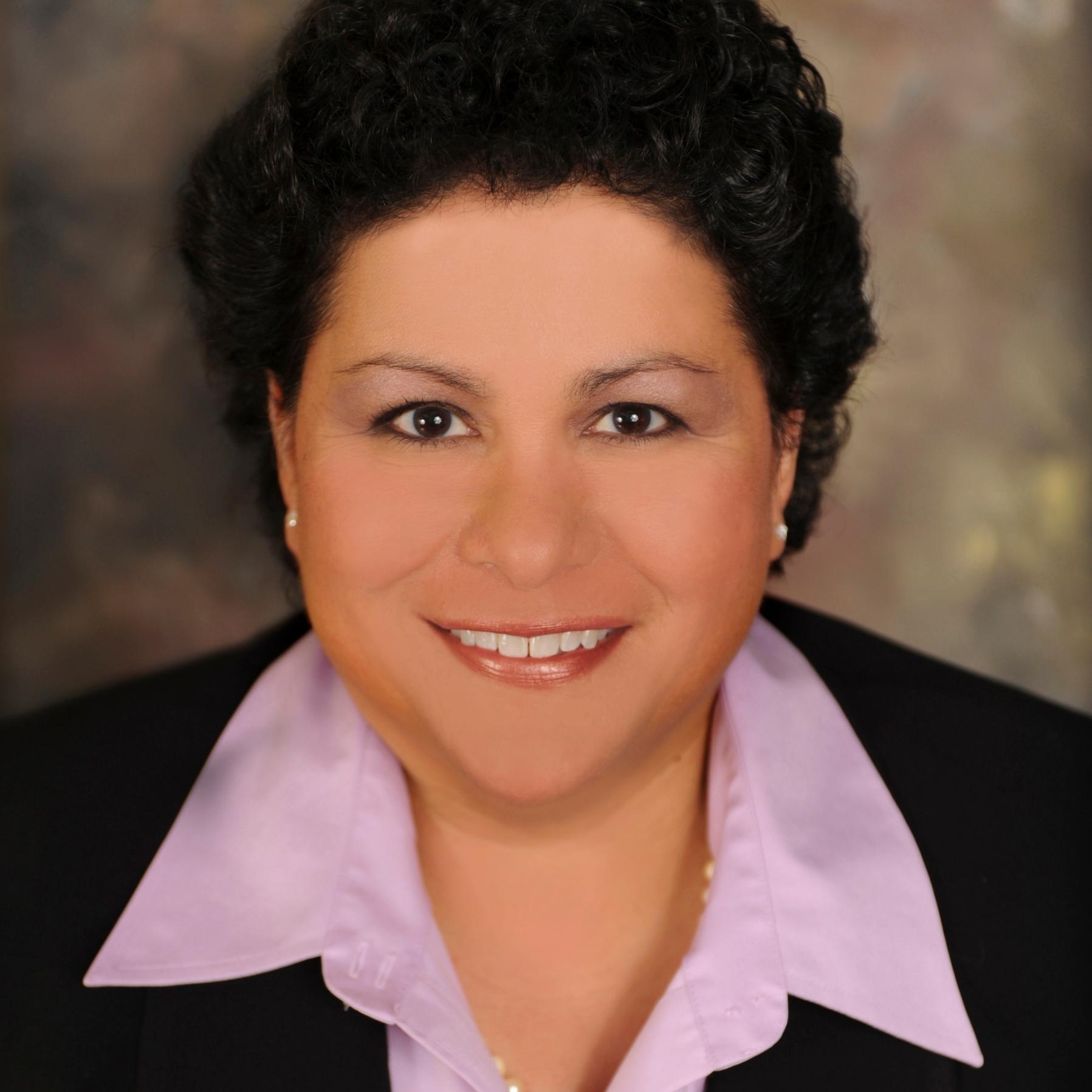Giovanna E. Olivares, OD, FAAO is the Global Director, Specialty Platforms Research & Development, at Johnson & Johnson Vision Care (JJVC). In this role, she is responsible for overseeing the strategy, design, and development of new products to support the company’s global Astigmatism and Presbyopia platforms. In 2017 under her leadership, Johnson & Johnson Vision Care, launched ACUVUE® Oasys 1-Day with Hydroluxe® for Astigmatism and ACUVUE® Vita® for Astigmatism to meet our patients’ needs. In 2021, her team launched ACUVUE® OASYS MULTIFOCAL with PUPIL OPTIMIZED design. Recently in September, 2022, she launched ACUVUE® OASYS MAX MULTIFOCAL for presbyopia patients.
Dr. Olivares joined Johnson & Johnson Vision Care, Inc. in 2004 as Sr. Manager of the R&D Design Clinical Research Group. In this role, she led a multidisciplinary group including Optometrists, Ophthalmologists, Vision Scientists, and Biostatisticians responsible for the development of new innovative contact lens products and clinical methodology. Under her leadership, the group launched several brands including ACUVUE® ADVANCE for ASTIGMATISM, ACUVUE® OASYS for ASTIGMATISM, and 1-DAY ACUVUE® MOIST for ASTIGMATISM. Under her leadership, the first validated patient questionnaire for JJVC was developed, CLUE (Contact Lens User Experience).
In 2010, she was appointed to the position of Director of Professional Education, responsible for developing innovative educational programs across the spectrum of students, eye care professionals, Professional Affairs Consultants, and the company’s Sales & Marketing organizations.
Prior to joining Johnson & Johnson Vision, Dr. Olivares served as the Director of Clinical and Professional Development for Unilens Corp. USA, where she developed contact lens designs for presbyopia. Additionally, she has practiced in an ophthalmology practice, private optometric practice, retail optometry, and as a technical medical consultant at TLC, a center for LASIK surgery.
Dr. Olivares received her BS degree from the University of Rochester and her OD degree from the State University of New York (SUNY). She subsequently completed a post-doctoral fellowship in Ocular Disease management at the SUNY College of Optometry. After her fellowship, she joined the SUNY faculty as an Assistant Professor with clinical and didactic teaching responsibilities in the areas of contact lenses, ocular disease, pediatric/binocular vision, and primary care.
Dr. Olivares is a Fellow of the American Academy of Optometry, has authored numerous scientific articles and has lectured internationally on contact lens technology and fitting for success.

